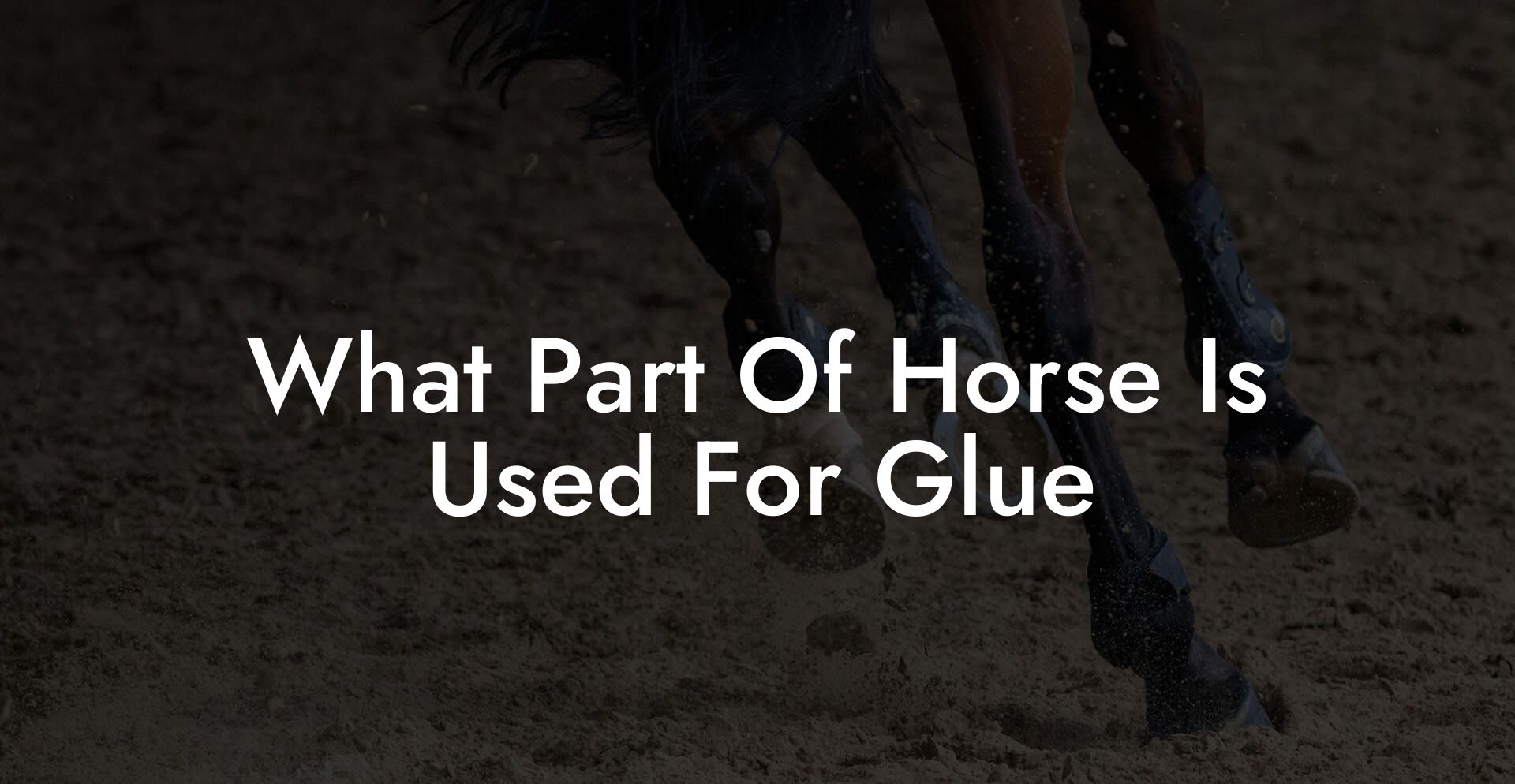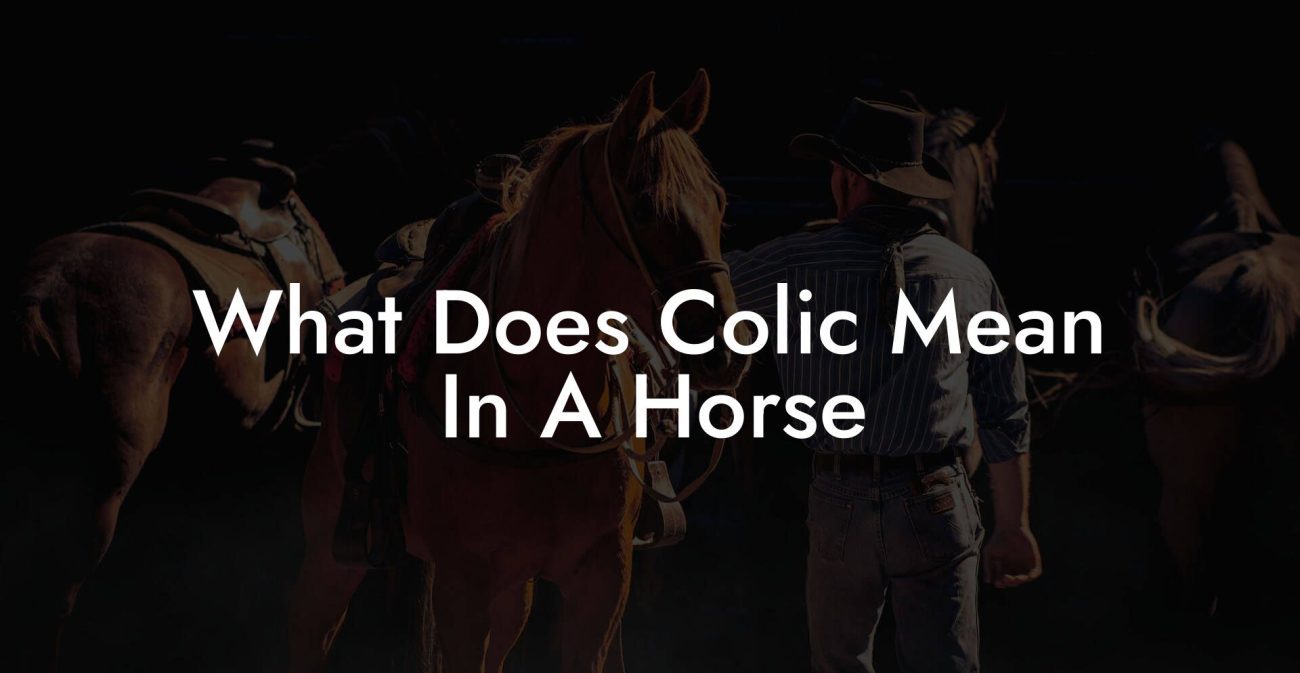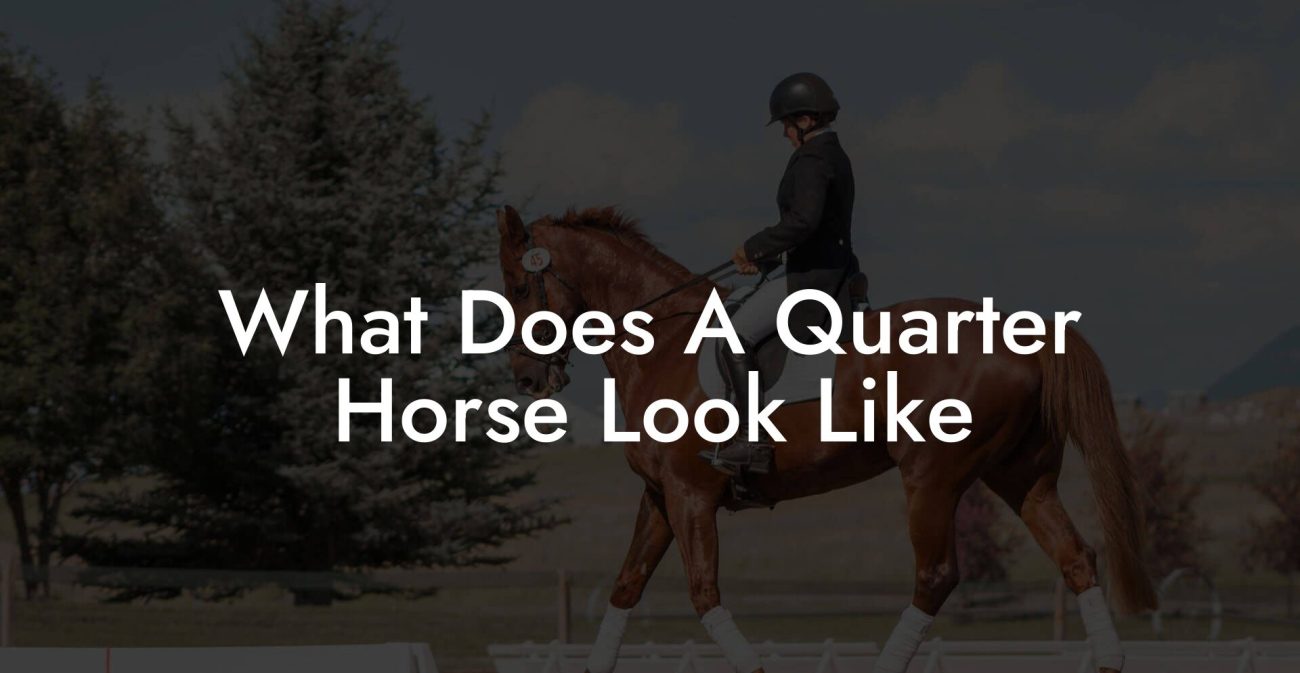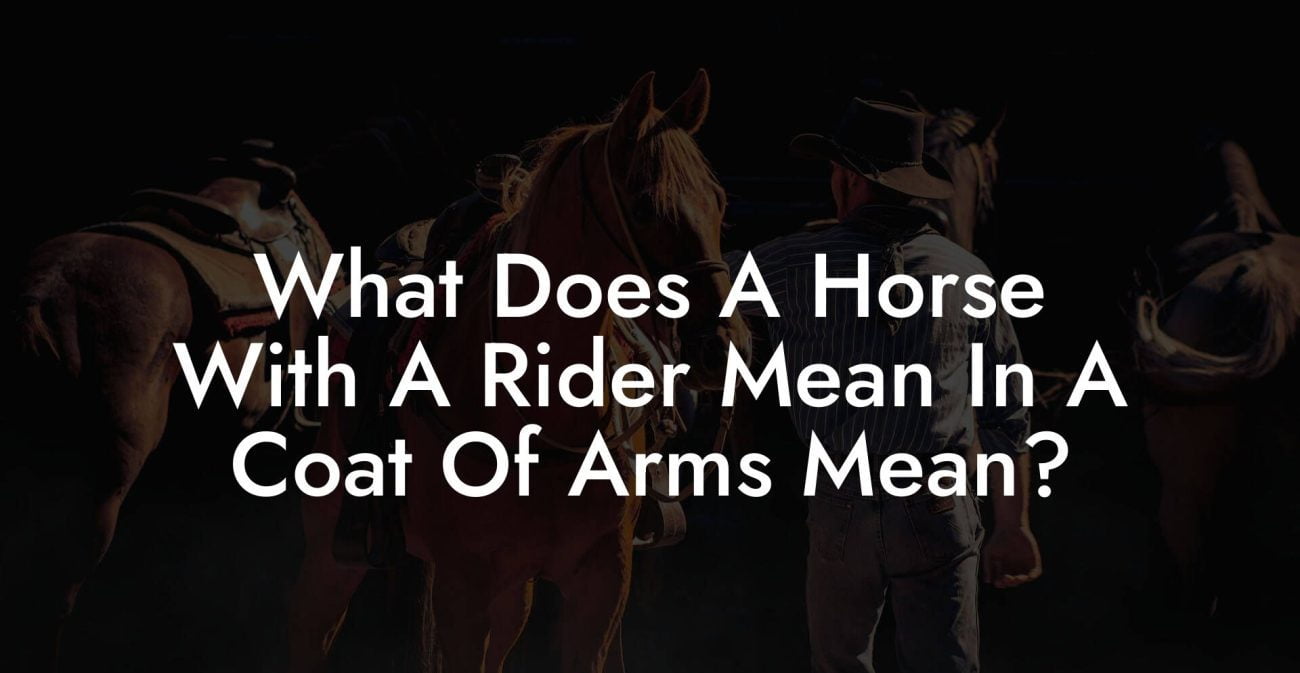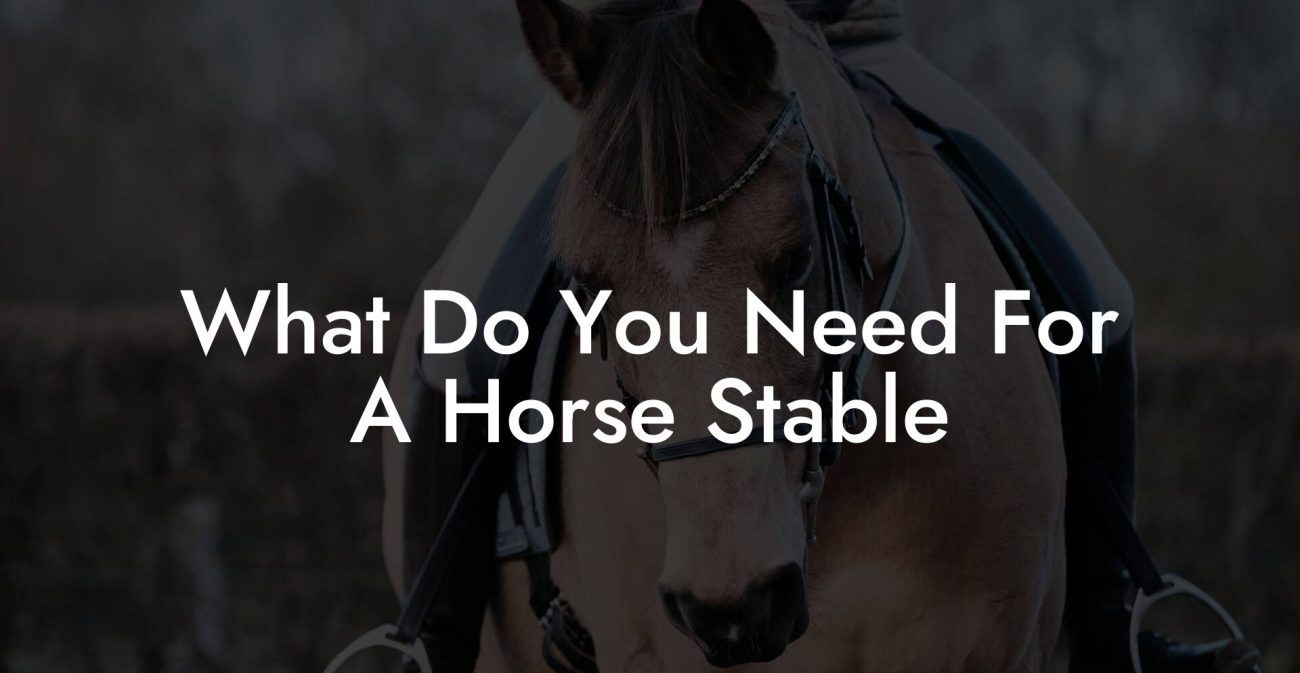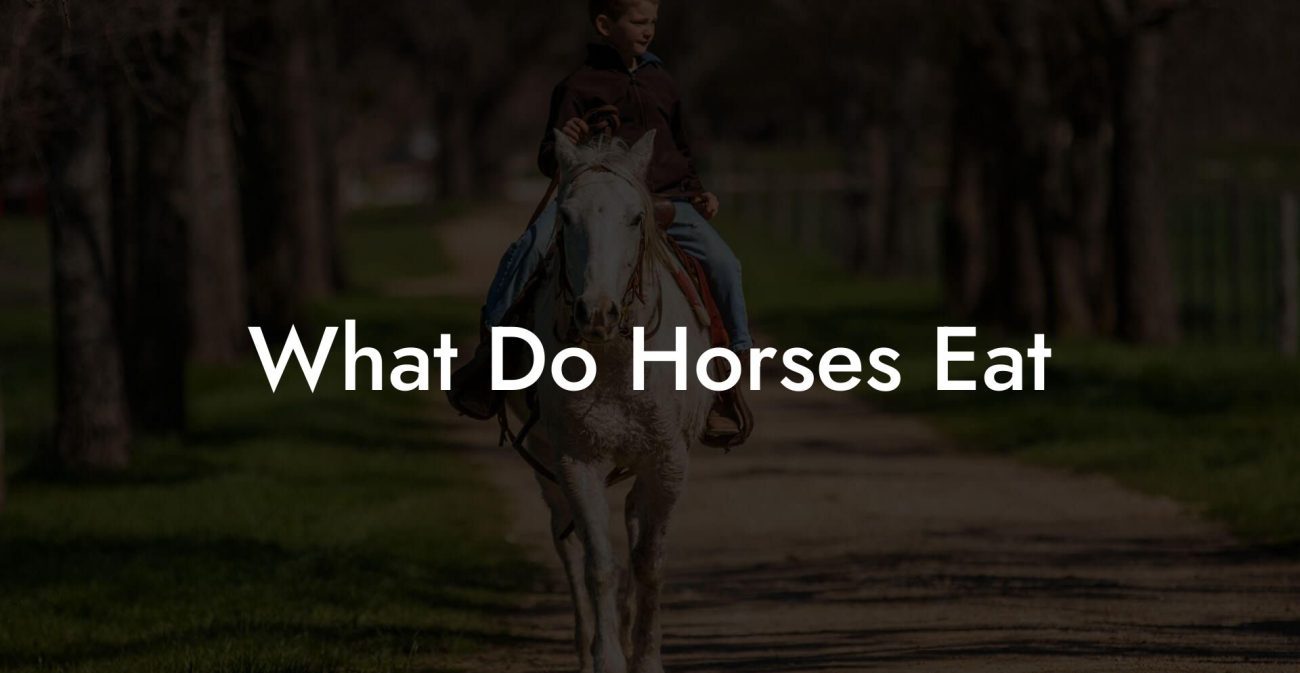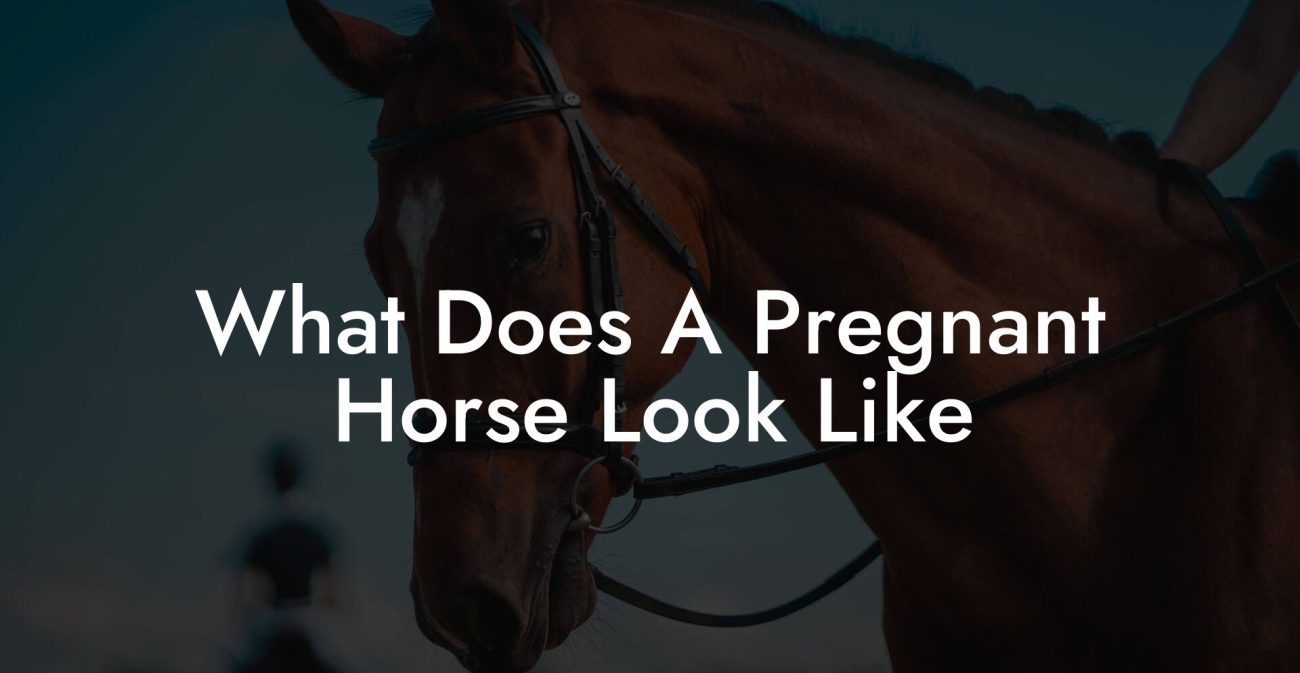There’s a quirky twist in our modern world where the history of everyday items meets the legacy of magnificent animals , horses! You might be sitting there wondering, “What part of a horse is used for glue?” While it sounds like a bizarre question out of a dystopian fairy tale, the answer is rooted in centuries of resourceful, if not peculiar, craftsmanship. Let’s gallop through history, science, and a little bit of animal care insight to explore how horse parts once played a starring role in the making of glue.
Quick Links to Useful Sections
- The Historical Journey: From Horsepower to Horse Glue
- Horse Anatomy 101: The Collagen Connection
- The Science Behind Horse Glue: Collagen to Collagen Magic
- Traditional Glue-Making: A Step-By-Step Look at the Process
- Step 1: Collection and Preparation
- Step 2: Boiling and Collagen Extraction
- Step 3: Reduction and Concentration
- Step 4: Application and Cooling
- The Transition: From Animal Glue to Modern Adhesives
- Ethical Considerations and the Impact on Equine Welfare
- Sustainable Alternatives and the Renaissance of Natural Adhesives
- Horse Care Today: A World Apart from Industrial Utilization
- Modern Adhesives vs. Traditional Animal Glues: A Comparative Snapshot
- Innovative Applications of Traditional Adhesives Today
- Resources and Community Support: Your Next Steps in Modern Equine Care
- Deepening Your Understanding: Fun Facts and Cultural Tidbits
- FAQs on Horse-Derived Glue and Modern Equine Care
- Your Path Forward: Embracing Tradition While Championing Modern Horse Care
The Historical Journey: From Horsepower to Horse Glue
Before synthetic adhesives took center stage in the modern industrial revolution, glues were primarily derived from animal by-products. In a time when every part of an animal was seen as valuable, the connective tissues, bones, and hooves of horses became prized for their high collagen content. This collagen, when broken down through a series of processes, produced a substance that could bond wood, paper, and other materials with remarkable strength.
Historically, animal glues , often generically labeled as “hide glues” , were not exclusive to horses, but the role of horses in society inevitably made them a key resource. In Europe and North America, horses were indispensable in agriculture, transport, and even warfare. Once their working days were over, their remains were repurposed to create adhesives, among many other by-products.
The practice was driven not only by necessity but also by an ethos of resourcefulness. Every material was recycled to minimize waste, long before environmental concerns became part of everyday conversation. Even though today it sounds a bit grim, this process was once considered a marvel of sustainable craftsmanship.
Horse Anatomy 101: The Collagen Connection
To understand what part of a horse is used for glue, it helps to delve into the basics of equine anatomy , but don’t worry, we’ll keep it as breezy as a trail ride on a sunny day. Horses, like many mammals, have a body rich in collagen, a protein that provides structure and strength to connective tissues. This collagen is particularly abundant in:
- Bones: The skeletal structure of a horse, with its robust and dense composition, holds a high concentration of collagen fibers. When these are boiled down, they release gelatin which is the foundation of many animal glues.
- Hooves: Although often overlooked, a horse’s hooves are a valuable source of collagen. The hard, keratinized structure contains remnants of connective tissue that can be transformed into adhesive substances.
- Skin and Hides: In some cases, the outer coverings, particularly the skin, are processed to extract collagen. Although more common in cattle and pigs, equine hides have their own share of glue-making potential.
- Other Connective Tissues: Tendons and ligaments, due to their fibrous composition, have also been utilized in some traditional glue formulations.
In short, it isn’t just one “mysterious” part of the horse, it’s a combination of tissues that, thanks to their natural collagen, could be transformed into a sturdy adhesive.
The Science Behind Horse Glue: Collagen to Collagen Magic
The secret behind animal-derived glues lies in collagen, a protein that’s as crucial to our bodies as it is to the structural integrity of a horse. When animal parts rich in collagen are subjected to heat and water, collagen breaks down into gelatin. This gelatin, upon cooling, sets into a sticky, pliable substance that can bond surfaces together.
Here’s a quick breakdown of the transformation:
- Extraction: The chosen horse parts (bones, hooves, skin) are first cleaned and prepared. They are then subjected to boiling, where the heat causes the collagen structures to denature and dissolve into the water.
- Concentration: The resulting collagen-rich liquid is often simmered further to evaporate excess water, thereby concentrating the collagen into a thicker, more potent form.
- Curing: Once applied, the glue cools and solidifies. As it dries, it forms a bond that can be both strong and resilient, though it does tend to lose its adhesive qualities when re-wetted.
This process, while seemingly simple, was a technical marvel in its time. It provided the necessary durability for woodworking, bookbinding, and other trades where a reliable adhesive was crucial.
Traditional Glue-Making: A Step-By-Step Look at the Process
Let’s take a closer look at how craftsmen would turn horse parts into usable glue. It’s a process that’s equal parts chemistry and art, refined over centuries in European workshops and rural farms alike.
Step 1: Collection and Preparation
The hunt for raw materials began with collecting the horse parts. Bones, hooves, and sometimes hides were gathered posthumously as horses reached the end of their working lives. These parts were then carefully cleaned to avoid contamination. The cleaner the raw material, the better the glue.
Step 2: Boiling and Collagen Extraction
Once the parts were cleaned, they were placed in large cauldrons filled with water. Over several hours of simmering, the heat broke down the collagen, releasing it into the water in the form of gelatin. Artisans would often stir the mixture, ensuring even extraction.
Step 3: Reduction and Concentration
The gelatinous liquid would then be strained and simmered further. This simmering served to concentrate the gelatin, gradually thickening the liquid until it became a sticky, workable adhesive. This step was crucial for achieving the right consistency.
Step 4: Application and Cooling
Finally, when the glue reached the desired viscosity, it was applied to the materials to be bonded. As it cooled, the glue would set and form a strong bond. In woodworking, for example, panels or beams would be clamped together until the glue fully dried.
Although this artisan process has largely faded into history with the advent of synthetic adhesives, it remains a testament to the ingenuity of craftsmen who maximized every part of the horse for essential applications.
The Transition: From Animal Glue to Modern Adhesives
Fast-forward to the 20th century, and the face of adhesives started to change dramatically. Synthetic glues, such as polyvinyl acetate (PVA) and epoxy resins, began to revolutionize the industry with their ease of use, water resistance, and consistency. These new materials gradually replaced animal adhesives in most commercial applications.
Despite their impressive performance, synthetic adhesives come with their own set of environmental challenges. While animal glue was biodegradable and sourced as a by-product of an already utilized animal, synthetic options often rely on petroleum-based chemicals. Today’s eco-conscious craftspeople and industry leaders are reevaluating these options, prompting some to revisit traditional adhesives for niche applications such as the restoration of antique instruments and fine art.
Interestingly, modern research is even exploring how naturally derived adhesives can contribute to a more sustainable future. Innovations in bio-engineered glues are bringing the lessons of the past full circle , merging traditional wisdom with cutting-edge technology.
Ethical Considerations and the Impact on Equine Welfare
Given that the idea of turning a beloved horse into glue might raise eyebrows in today’s cruelty-conscious society, it’s essential to discuss the ethical context. Historically, the use of horses for glue was not an isolated practice but part of a broader trend of utilizing every part of an animal post-mortem. In an era when horses were indispensable to human progress, there was a mutual understanding of this lifecycle.
However, modern perspectives on animal rights and welfare have dramatically shifted how we view such practices. Today, horses are cherished companions, athletes, and therapy animals, far removed from their utilitarian roles in industries of the past. The cultural significance of horses now leans heavily towards care, conservation, and respect. This shift serves as an essential reminder: as our technology and ethics evolve, so too does our relationship with the animal kingdom.
For anyone who loves and cares for horses, it’s important to recognize that the legacy of horse glue is a relic of a bygone era. Modern horse care not only prioritizes the well-being of these majestic animals through better nutrition, exercise, and veterinary care but also reaffirms themes of respect, compassion, and sustainability.
Sustainable Alternatives and the Renaissance of Natural Adhesives
In recent years, a renewed interest in sustainable and eco-friendly products has revived the appeal of naturally derived adhesives. While synthetic glues dominate most industrial applications, the unique properties of animal-based glues, including those once made from horse collagen, are still valued in artisanal restoration and fine woodworking.
Modern researchers are studying ways to harness naturally occurring collagen from various sources without compromising animal welfare. For example, laboratory-synthesized collagen can mimic the bonding properties of traditional glues, providing performance benefits while avoiding ethical dilemmas.
This renaissance points to a trend where modern science meets tradition. The notion is to preserve the admirable qualities of age-old methods while ensuring ethical, sustainable practices that align with modern values. As more creators and manufacturers push for “green” credentials, the conversation about adhesives is evolving to celebrate both efficiency and eco-responsibility.
Horse Care Today: A World Apart from Industrial Utilization
If you’re a Gen-Z or millennial equestrian enthusiast, you probably relish the idea of caring for your horse with love, dedication, and respect. Today’s equine care practices are a far cry from the resource-driven mindset of the past. Modern horse management focuses on nutrition, physical fitness, mental well-being, and preventive healthcare, ensuring that every horse lives a life of comfort and dignity.
With advances in veterinary medicine, humane treatment practices, and ethical breeding programs, horses are celebrated as partners in sport, therapy, and recreation rather than as mere raw material for industrial processes. This shift in perspective underlines the importance of sustainable practices that honor the intricate connection between human innovation and the well-being of these noble animals.
The legacy of animal glues, including those derived from horses, serves as both a historical reference and a cautionary tale. It reminds us that how we source and use natural resources reflects our values. In this light, every aspect of modern horse care, from proper grooming and feeding to regular medical care, is a celebration of an animal’s intrinsic worth and the respect it commands.
Modern Adhesives vs. Traditional Animal Glues: A Comparative Snapshot
Let’s break down the differences between traditional animal-based glues and modern synthetic adhesives. Understanding this comparison can provide valuable perspective on technological progress and ethical evolution.
- Source Material: Animal glues are made from collagen-rich tissues (bones, hooves, hides), while modern adhesives are typically petroleum-based or derived from synthetic polymers.
- Application: Traditional glues excel in restoration projects (e.g., antique furniture, musical instruments) due to their reversible nature and historical authenticity, whereas synthetic adhesives are favored for mass production and durability in everyday products.
- Environmental Impact: Animal glues are biodegradable and were historically a by-product of animal processing, but ethical considerations loom large. On the other hand, synthetic glues might be less sustainable, although advancements in green chemistry are beginning to address these concerns.
- Performance: While synthetic adhesives typically offer superior water resistance and longer shelf life, animal glues provide a unique set of bonding characteristics that are sometimes essential for specialized applications.
This snapshot underscores the evolution of adhesives from a resource-recycling practice to a sophisticated, high-performance component of modern manufacturing , all while reminding us of the pivotal role animals once played in our technological journey.
Innovative Applications of Traditional Adhesives Today
Even though the industrial spotlight has largely shifted towards synthetic alternatives, traditional animal glues (including those originally made from horse collagen) continue to find their niche. Enthusiasts and professionals in fields like antique restoration, musical instrument repair, and fine arts still appreciate the unique qualities of hide glues.
These traditional adhesives offer distinct advantages:
- Reversibility: Unlike many modern adhesives, hide glues can be softened with heat and moisture, allowing for the disassembly and repair of delicate structures without permanent damage.
- Authenticity: In restoration contexts, using historically accurate materials is crucial. Traditional glues ensure that the techniques used remain true to the original craftsmanship.
- Natural Bond: Many artisans attest that these glues create a bond that is more in tune with the materials being joined, contributing to the longevity and integrity of the restoration work.
While these adhesives may not dominate the market, they continue to inspire a thoughtful bridge between the past and the present , one that is rich with cultural significance and technical savvy.
Resources and Community Support: Your Next Steps in Modern Equine Care
If you’re passionate about the well-being of horses and intrigued by the fascinating interplay between traditional practices and modern equine care, you’re not alone on this journey. There are plenty of resources available where you can learn, share, and get involved in preserving the legacy of our equine companions while embracing ethical, modern practices.
Here are some next steps to guide your exploration:
- Join Equestrian Forums and Social Groups: Platforms like The Horse Forum, Equisearch, and various social media groups let you connect with fellow horse lovers, share insights on modern horse care, and discuss topics ranging from nutrition to veterinary advances.
- Attend Workshops and Conferences: Look out for events hosted by organizations such as the American Association of Equine Practitioners (AAEP) or local equine clubs. These events often feature discussions on sustainable practices and new research in horse care.
- Explore Online Courses: Educational platforms offer courses on equine management, animal welfare ethics, and even the history of traditional craftsmanship. Knowledge is power when it comes to caring for these majestic animals.
- Support Ethical Products: When choosing adhesives or equine care products, seek out companies that prioritize sustainability and ethical sourcing. Eco-friendly products support both the environment and the ideals of modern animal care.
- Volunteer or Donates: Consider contributing your time or resources to equine rescue organizations, sanctuaries, or local stables. These organizations work tirelessly to ensure that every horse is treated with the dignity and care it deserves.
By staying informed and engaged, you help ensure that the legacy of our equine friends is celebrated in ways that honor both tradition and modern compassion.
Deepening Your Understanding: Fun Facts and Cultural Tidbits
Did you know that animal glue has a storied place in art history? Many renaissance painters and craftsmen relied on hide glues for panel paintings and the construction of musical instruments. This historic adhesive not only held masterpieces together but also provided a unique flexibility that allowed art to age gracefully.
In the world of horsemanship, every part of a majestic horse has a story to tell. While we now focus on humane and modern methods of care and celebration, the history of equine by-products like glue is a quirky footnote, a reminder of a bygone era when resourcefulness was king.
Today, our reverence for horses goes far beyond their utilitarian uses. We admire their beauty, power, and gentle spirit. Our modern approach emphasizes holistic care, focusing on ensuring that each horse enjoys a life of comfort, respect, and health.
FAQs on Horse-Derived Glue and Modern Equine Care
We understand that the intertwining of history, science, and ethics can raise many questions. Here are some frequently asked questions to help clear up any lingering uncertainties about what part of a horse is used for glue and how this old practice relates to modern equine care.
1. What specific horse parts were traditionally used to make glue?
Traditionally, adhesives were made from collagen-rich parts of the horse such as bones, hooves, and sometimes hides. These parts were boiled down to extract gelatin, a key ingredient for producing hide glue.
2. How does collagen from horse parts turn into glue?
The process involves boiling the collagen-rich tissues until the collagen breaks down into gelatin. This gelatin is then concentrated and allowed to cool and set, forming a sticky, adhesive substance.
3. Is horse glue still used today?
While synthetic adhesives dominate most industries today, traditional animal glues, including horse-based formulations, are still used in specialized fields such as antique restoration and fine woodworking.
4. What are the environmental benefits of traditional animal glues?
Animal glues are biodegradable and were historically made as a by-product of animals already raised for other purposes. However, modern ethical considerations favor humane treatment, which is why their use is now mostly confined to niche applications.
5. How has modern equine care evolved in relation to historical practices?
Modern equine care focuses on ensuring the health, welfare, and longevity of horses through proper nutrition, regular veterinary care, and humane management practices. This is a significant shift from the past when horses were often viewed strictly as utilitarian resources.
6. Can natural adhesives be made without harming animals?
Yes. Advances in biotechnology have led to the development of lab-synthesized collagen and other bio-based adhesives that mimic the properties of traditional animal glues while ensuring ethical sourcing.
7. Why is it important to understand the history of horse-derived glue?
Understanding this history provides insight into the evolution of technology and the shifting ethical values in society. It also helps us appreciate the advancements in modern equine care and sustainable practices.
Your Path Forward: Embracing Tradition While Championing Modern Horse Care
As we conclude this deep dive into the unusual history of what part of the horse is used for glue, it’s clear that our relationship with nature has always been complex, evolving from raw resourcefulness to conscientious care. Modern society’s respect for horses is reflected in every aspect of contemporary equine care, from innovative veterinary practices to sustainable management and genuine affection.
While the glue-making techniques of old may now serve as fascinating historical anecdotes, they also remind us to appreciate progress. Today, we honor horses not just as sources of material, but as living beings who inspire loyalty, companionship, and creative expression.
Whether you’re a budding equestrian or a seasoned rider, each visit to your stable or every moment spent with your four-legged friend contributes to a legacy of care, respect, and innovation. Embrace the old stories with a wink and let them fuel your passion for modern, ethical practices in horse care.
Your journey forward is not only about understanding the past, it’s about building a future where honor, sustainability, and compassionate care come together in every facet of life, from adhesives to the art of horsemanship.

